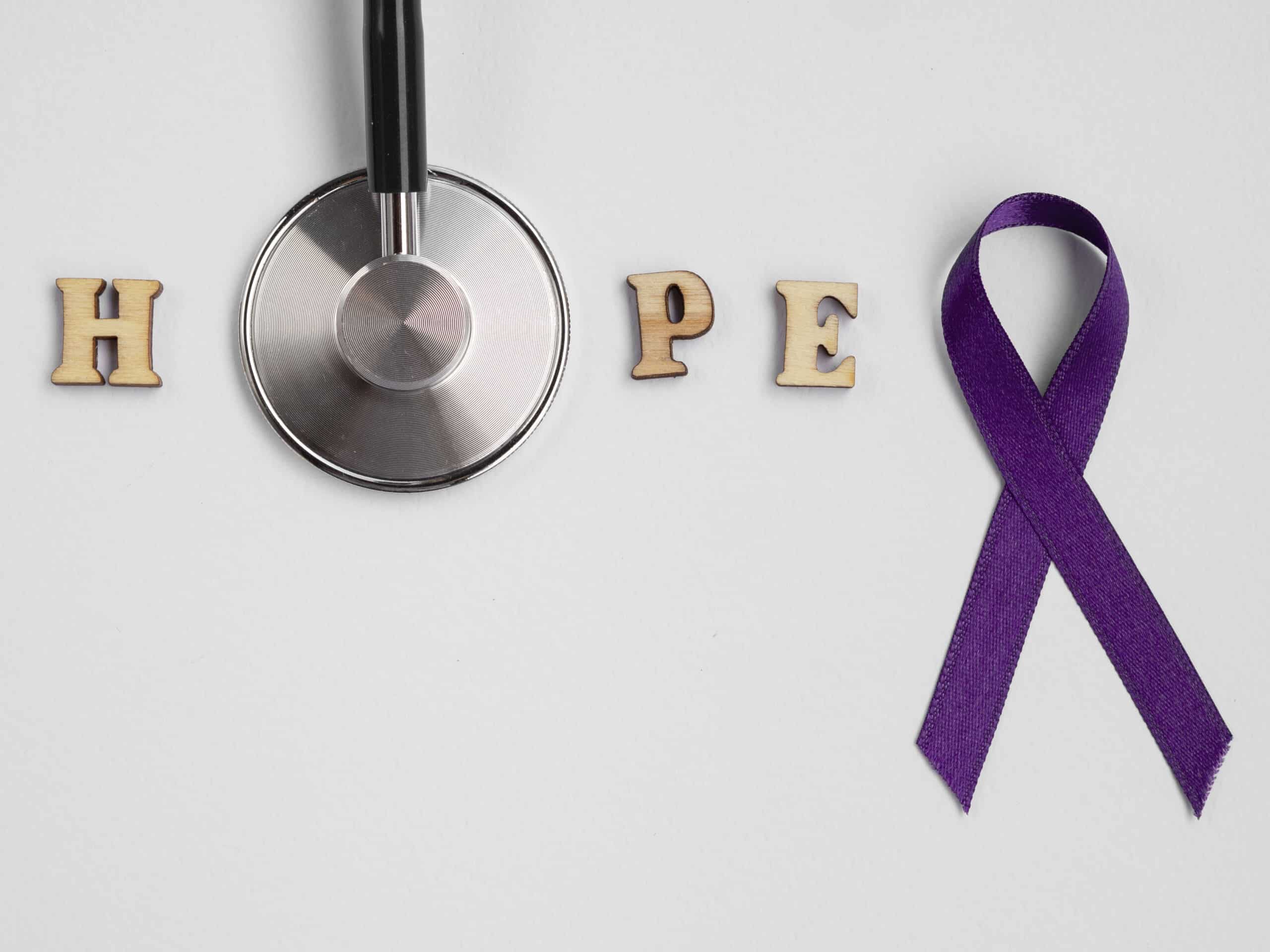Breast cancer treatment is expensive, often leaving patients and families searching for financial solutions. From chemotherapy and radiation to integrative therapies, costs can add up quickly. If you have a life insurance policy, you may be able to leverage it to help pay for your treatment. A life insurance policy is a piece of property, an asset, that you own and there are financial options available to you to pay for breast cancer.
Life insurance can be a powerful financial tool during a medical crisis. Whether through a viatical settlement, life settlement, or policy loan, various options allow policyholders to tap into their insurance’s value. This guide explores how to use life insurance to fund breast cancer treatment, covering different strategies, financial considerations, and resources to help you navigate this process.
—
Understanding Life Insurance as a Financial Resource
Life insurance policies can provide financial relief when facing breast cancer treatment costs. Here are the primary ways you can use your policy to fund medical expenses:
1. Viatical Settlements: Selling Your Policy for Immediate Cancer Funds
A viatical settlement allows individuals diagnosed with a life-threatening illness like metastatic breast cancer to sell their life insurance policy for a lump sum. These immediate funds can be used for treatment, living expenses, or any other cancer financial needs.
- How A Viatical Settlement Works:
- A third-party company purchases your life insurance policy.
- You receive a cash payout between 30% – 80% of the policy death benefit.
- The buyer assumes responsibility for premium payments and receives the policy’s payout when you pass away.
- Key Benefits:
- Provides immediate cash for cancer treatment and living expenses.
- No restrictions on how you use the funds.
- Typically tax-free if you meet IRS guidelines for a terminal illness.
- Who Qualifies?
- Patients with a terminal or life-threatening illness (often requiring a life expectancy of 24 months or less).
- Policies with a face value of $100,000 or more (some providers accept lower amounts).
- Term life, whole life, and universal life policies can be sold as a viatical settlement. Some group life policies can be sold, but certain benefit terms must be met.
Where to Get Started:
– Cancer Care Financial
—
2. Life Settlements: Selling Your Policy for Cancer Financial Relief
If you don’t have a terminal diagnosis but still need financial assistance, a life settlement may be an option. Similar to a viatical settlement, a life settlement allows you to sell your policy, but it typically requires policyholders to be at least 65 years old.
- Key Differences from Viatical Settlements:
- Not limited to terminally ill patients.
- Lower payouts compared to viatical settlements.
- Subject to taxation on any gains above your premiums paid.
Resources for Life Settlements:
– Life Insurance Settlement Association (LISA)
– Life Policy Solutions
—
3. Policy Loans: Borrowing Against Your Life Insurance
If you have a whole life or universal life insurance policy, you may be able to borrow against the cash value. This is called a policy loan and can provide funds for treatment without selling your policy.
- Pros:
- No credit check or lender approval required.
- Funds can be used for any purpose, including medical bills.
- The loan does not have to be repaid in fixed installments.
- Cons:
- Interest accrues over time, reducing the final death benefit.
- If the loan balance exceeds the policy’s cash value, the policy may lapse.
How to Apply for a Policy Loan:
1. Contact your life insurance company to check eligibility.
2. Request a loan based on the available cash value.
3. Use the funds as needed for treatment and living expenses.
—
4. Accelerated Death Benefits (ADB): Accessing Your Payout Early
Some life insurance policies include an Accelerated Death Benefit (ADB) rider, which allows policyholders diagnosed with a terminal illness to access a portion of their death benefit early.
- Eligibility Requirements:
- A doctor must certify that you have a terminal illness, often with a life expectancy of 12–24 months.
- The payout amount varies but typically ranges from 25% to 50% of the total benefit, with a cap on the maximum amount allowed.
- Advantages:
- The money is usually tax-free.
- You can use it for medical expenses, caregiving, or any other financial needs.
- No need to sell your policy or take out a loan.
- You still keep the remainder of your life insurance policy death benefit
Where to Check for ADB Options:
– Contact your insurance company directly.
– Review your policy documents to see if this feature is included.
—
Understanding the Costs of Breast Cancer Treatment
Breast cancer treatment costs vary based on the type of care received. Here’s a breakdown of common expenses:
1. Standard Medical Costs
– Chemotherapy: $10,000 – $100,000 per year
– Radiation Therapy: $9,000 – $50,000 per course
– Surgery (Mastectomy or Lumpectomy): $15,000 – $55,000
– Hormone Therapy & Targeted Drugs: $1,000 – $15,000 per month
2. Integrative & Holistic Treatment Costs
Many breast cancer patients explore integrative oncology approaches, such as:
– IV Vitamin C Therapy: $100 – $400 per session
– Hyperbaric Oxygen Therapy: $200 – $500 per session
– Acupuncture & Mind-Body Therapies: $50 – $150 per session
These costs can quickly add up, making financial solutions like viatical settlements and policy loans valuable tools for covering treatment expenses.
—
Exploring Additional Financial Assistance Options
If life insurance solutions don’t fully cover your costs, consider these financial aid programs:
- The Pink Fund – Offers financial assistance to breast cancer patients.
- Breast Cancer Charities of America – Helps with living expenses.
- CancerCare – Provides grants for treatment and travel costs.
- GoFundMe – Many patients successfully crowdfund for medical expenses.
For holistic cancer care costs, some integrative treatment centers like Envita and Hope4Cancer offer financing options.
—
Take Control of Your Financial Future
Breast cancer treatment is expensive, but financial solutions exist to help ease the burden. If you have a life insurance policy, don’t overlook its potential to provide much-needed funds. Whether through a viatical settlement, life settlement, policy loan, or accelerated death benefit, these options can help you access money when you need it most.
To get started, consider:
– Contacting a licensed viatical settlement company like Cancer Care Financial.
– Speaking with your life insurance company about policy loans or ADB options.
– Exploring other financial assistance programs for breast cancer patients.
Every situation is unique, so consult with a financial professional to find the best path forward. Your health and financial well-being matter—explore your options and get the support you need.







